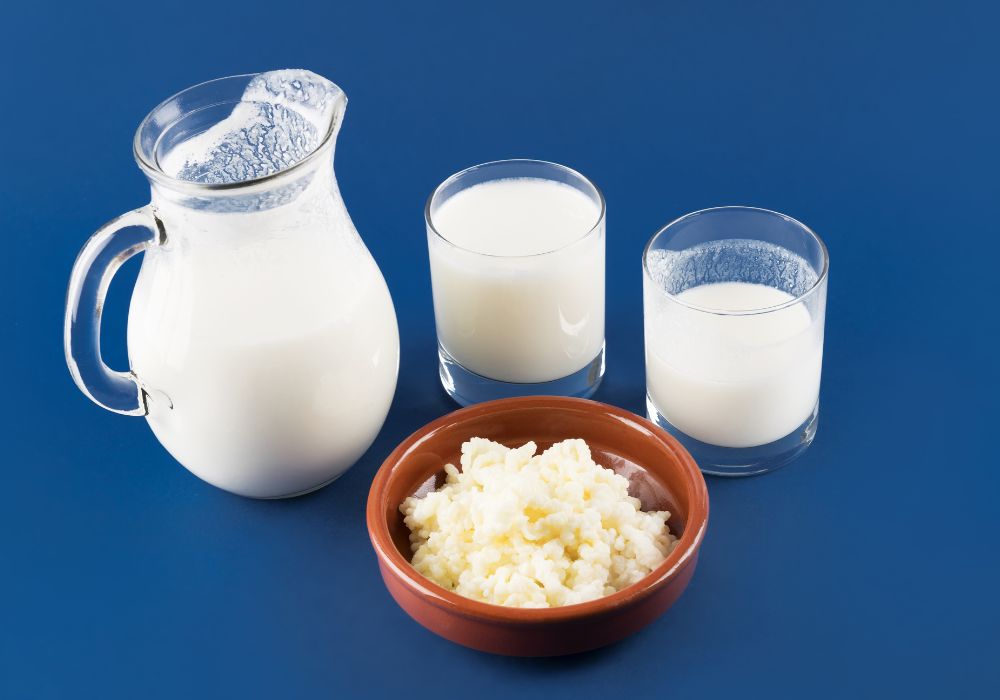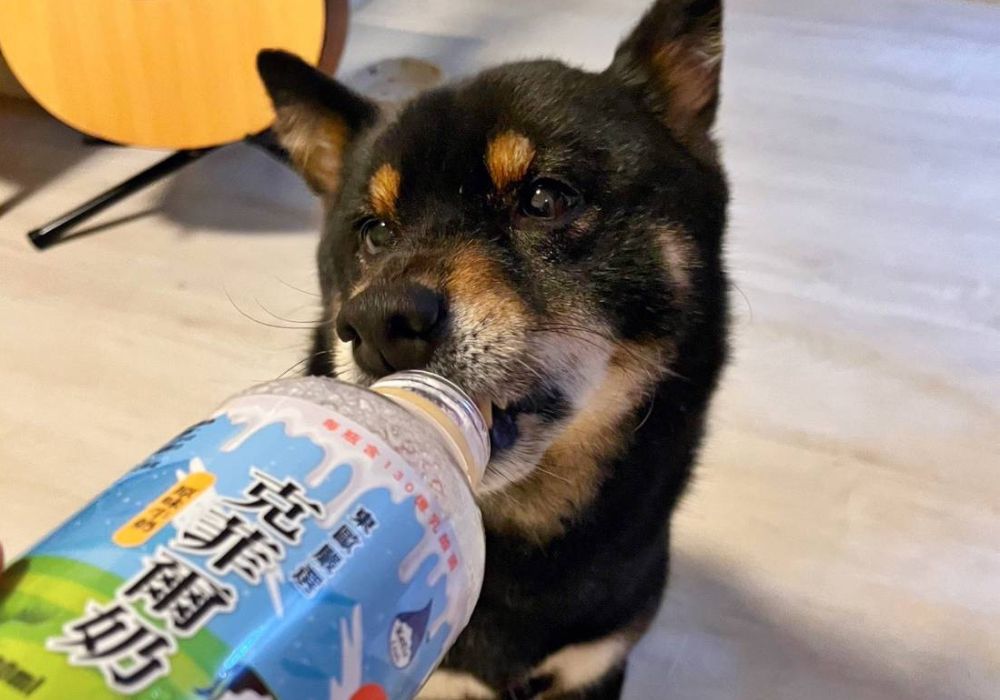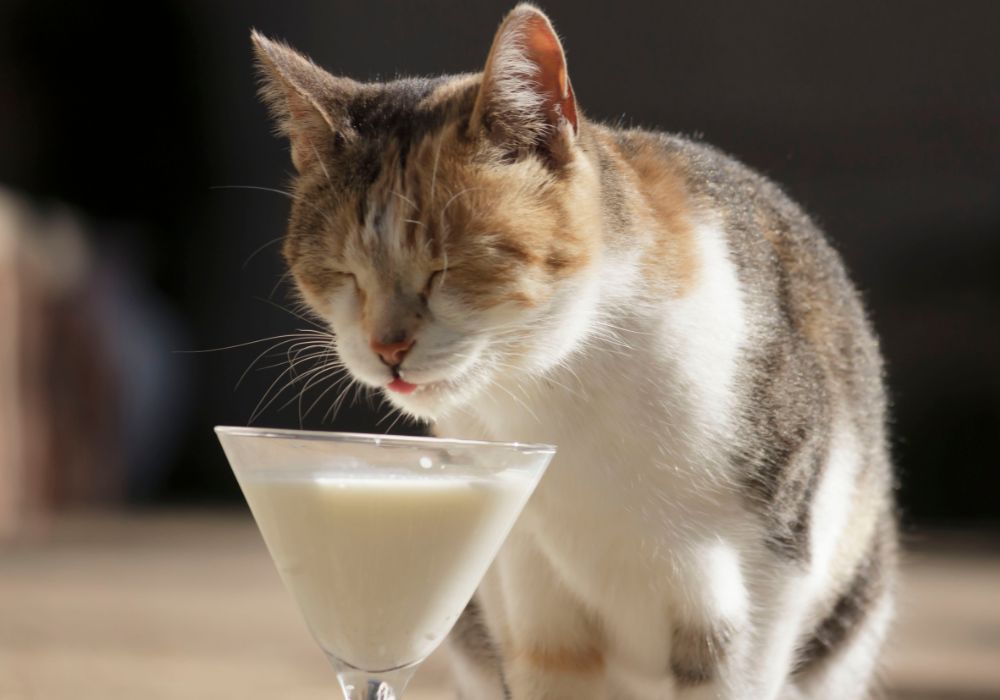More and more pet parents are paying close attention to what their furry friends eat and are looking to supplement their diet with pet probiotics. A natural fermented food called “Kefir” is starting to gain attention.
It’s a bit like yogurt but contains a wider variety of good bacteria, potentially adding extra benefits to your dog or cat’s daily meals.
This article will give you a simple introduction to what kefir is and what you need to know before feeding it to your pet.
What is Kefir
Simply put, kefir is a fermented milk product. It’s made by adding “kefir grains” – a natural combination of good bacteria (including lactic acid bacteria) and yeasts – to milk (or alternatives like soy milk, coconut milk, etc.) and allowing it to ferment.
This fermentation process not only makes the milk easier to digest (by reducing lactose) but also creates a diverse range of beneficial bacteria. This is why many people consider kefir a great source of natural goodness.

Benefits of Kefir?
-
Natural and Simple: Good quality plain kefir has simple ingredients – usually just milk + kefir grains for fermentation, with no added sugar, flavors, or thickeners.
-
Rich in Good Bacteria: Probiotics are the essence of kefir! For example, our kefir, according to recent SGS testing reports, contains approximately 5.7 billion active lactic acid bacteria per 10 grams.
-
Nutritious: Kefir retains protein and calcium from the milk source.
-
Super Easy to Eat: It has a smooth texture and a slightly tangy, unique flavor that many dogs and cats enjoy. It’s easy to lick up, even for pets with dental issues or seniors.
What to Watch Out For When Feeding?
-
Consult Your Vet First:
This is the most crucial step! Every pet’s health condition and potential allergies are different. Before feeding kefir, always discuss it with your trusted veterinarian to see if it’s suitable for your pet. -
Choose Products Wisely:
-
Make sure to choose “unsweetened” and “additive-free” kefir.
-
It must absolutely NOT contain Xylitol, which is highly toxic to dogs!
-
Look for reputable brands with stable quality.
-
-
Start Small:
Many people ask, “Can dogs and cats eat yogurt?” The answer is usually yes, but choose plain, unsweetened, additive-free yogurt and start with small amounts.
The same applies to kefir. For the first time, give just a small teaspoon (about 5 grams).
As for “how much to feed per day,” it depends on your pet’s size and how they adapt. You’ll need to discuss this with your vet and adjust gradually. -
Observe Your Pet’s Reaction:
For a few days after starting kefir, pay close attention to your pet’s stool condition (is it softer? any diarrhea?), and watch for any adverse reactions.
If anything seems off, stop feeding immediately and contact your vet. -
When to Feed?
You can mix it with their regular kibble or wet food, offer it as a snack between meals, or use it as a training reward. It depends on your pet’s habits and your convenience.

Kefir, as a natural fermented food rich in beneficial bacteria and basic nutrients, can be a good supplement to your pet’s balanced main diet. However, it’s not a medicine and cannot replace regular meals or veterinary care.
Remember, the most important things are to choose carefully, consult your vet, start small, and observe closely to ensure your pet can enjoy it safely and happily!
Disclaimer:
The information in this article is for reference purposes only and cannot replace professional veterinary diagnosis, advice, or treatment. Please consult your veterinarian for any health concerns regarding your pet.





